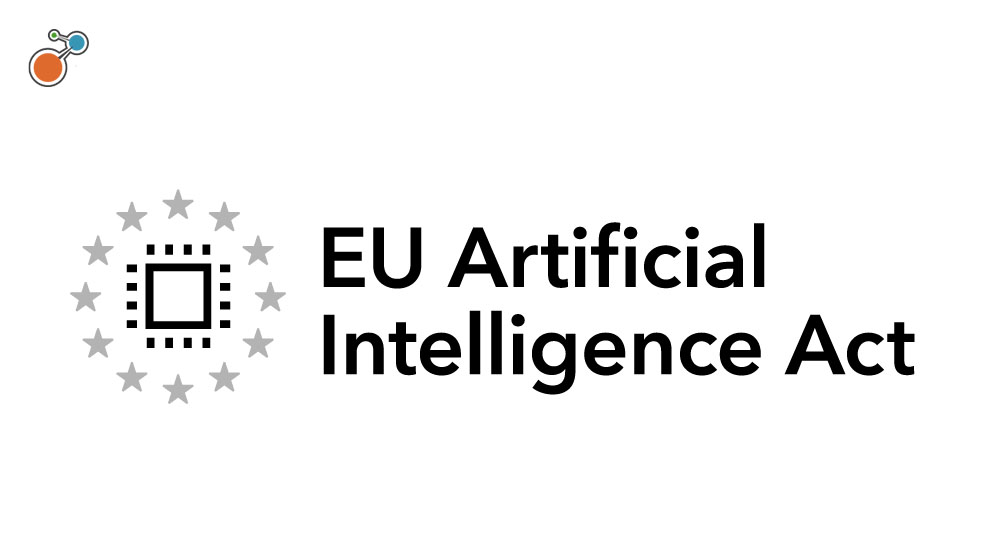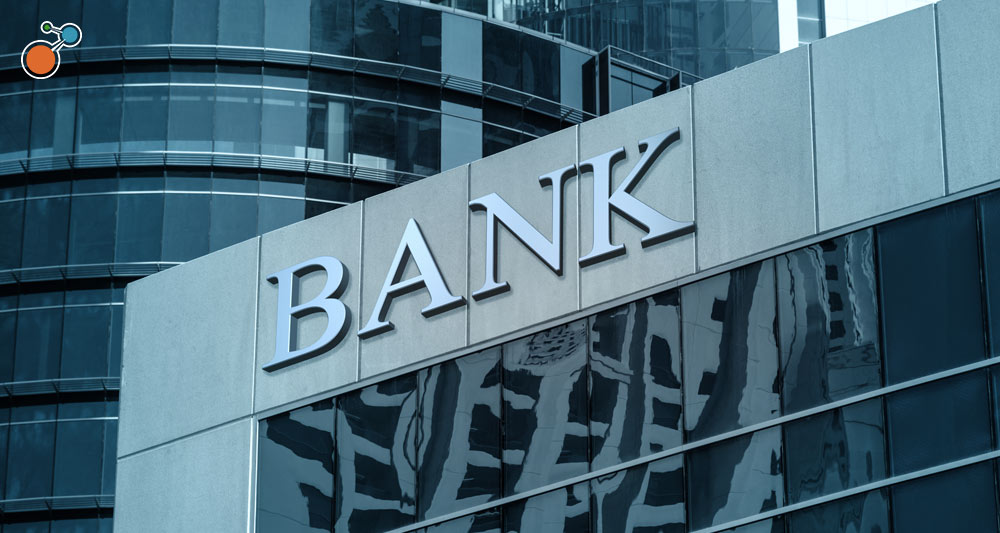A risk assessment is an evaluation of potential risks and their likelihood of occurrence. These assessments quantify the possible impact on people, property, and operations. They also make sure your controls and mitigations are effectively reducing those risks. Conducting a risk assessment in a formalized way will help you better understand your risk landscape, so you can make informed decisions to safeguard your business.
How to Prepare for a Risk Assessment
A risk assessment starts with preparation. Collect as much information as possible from incident reports, supplier information, employee training data, and more. You’ll also want to gather relevant regulatory requirements and industry guidelines.
Assemble a strong team of people with diverse experiences and perspectives to interpret the data gathered. Define your specific goals and desired outcomes, along with the boundaries and objectives. Determine the specific areas, departments, or projects you are looking to include. And ensure that you allocate enough time. The more thorough your assessment, the more valuable it will be.
4 Elements of a Risk Assessment
A comprehensive risk assessment involves a systematic approach to identifying, evaluating, and managing potential risks. Here are four essential elements for conducting your risk assessment:
- Identify potential risks. What events or conditions could threaten your organization? Systematically examine operations, processes, and external factors to identify things that could pose risks to your organization. Depending on your industry, this might mean conducting thorough site inspections, reviewing incident reports, analyzing industry-related trends, and even consulting subject-matter experts. Using technology to assist with customized questionnaires or vendor assessments allows you to integrate information from various sources to get a more complete picture of risk within your organization.
- Determine who or what is at risk. Who or what could be harmed? Assess the potential impact of each risk as it relates to employees, consumers, or the public. Also, consider the potential impact on your company’s property, operations, or overall objectives. Integrated technology can help you gain a deeper understanding of possible vulnerabilities and the potential consequences. For example, technology can bring together siloed data residing in different departments and assess the total impact on the organization. Integrated technology also can uncover previously unnoticed connections between events and effects. Arming yourself with this information allows you to prioritize your risk management efforts and allocate resources to address the most critical risks.
- Quantify the possible impact and likelihood of occurrence for each risk. What are the odds that this risk will happen – and how bad could the impact be? Looking at the probability of a risk event can help you prioritize resources to make sure you are addressing the most significant risk factors facing your organization. Software can make this process smoother and more accurate by incorporating data on past occurrences.
- Review existing controls and techniques. Are your mitigation efforts working? Examine existing controls and mitigations so you can identify gaps or areas that need improvement. Regularly review and update these measures to ensure ongoing effectiveness and accuracy.
After completing a risk assessment, communicate the results, along with any recommendations for controls, mitigations, and action plans, to relevant stakeholders.
The Importance of Continuing to Assess and Monitor Risk
A risk assessment is even more valuable if it is used as a foundation for continuous monitoring and improvement. Establish a regular process to monitor, evaluate, and update potential risks. And take advantage of technological tools that automatically collect data and track the effectiveness of mitigation strategies.
Risks are not static entities — they can emerge, evolve, or dissipate over time. Continuous risk assessment enables a more agile and responsive risk management approach and fosters a vigilant and adaptable culture. By regularly reassessing your risk ecosystem, your organization can quickly identify new risks, adapt to changing circumstances, and stay one step ahead of potential disruptions.
For more on risk assessments, watch our webinar, Shifting to a Continuous Risk Assessment Approach, and check out Riskonnect’s ERM software solution.





